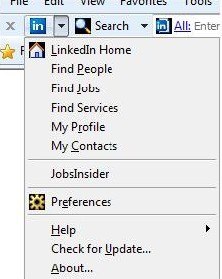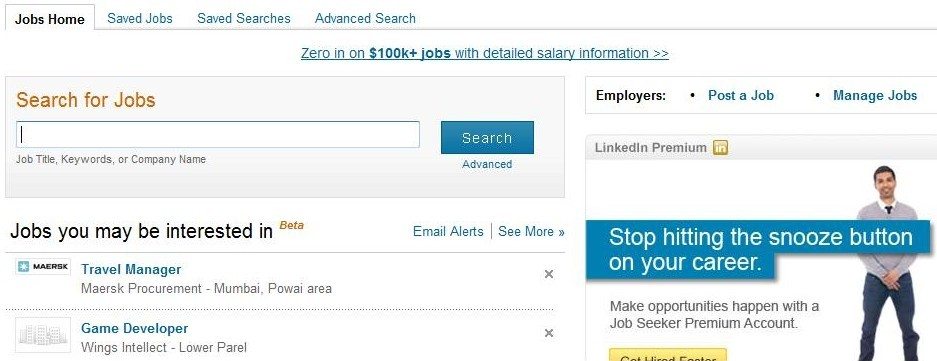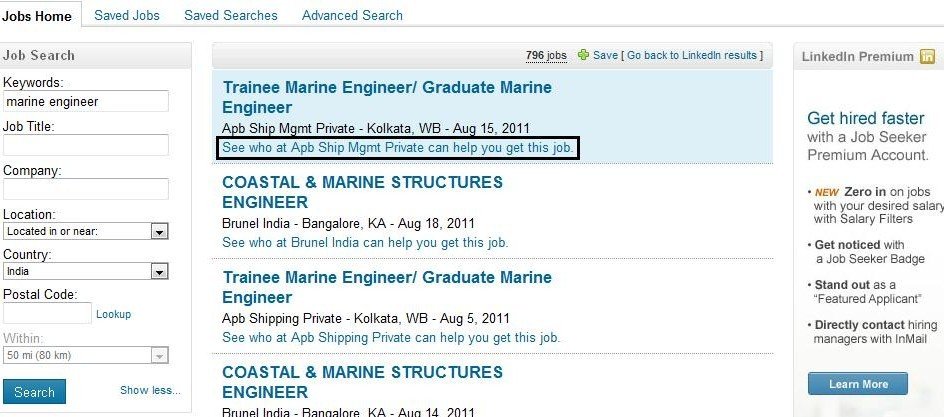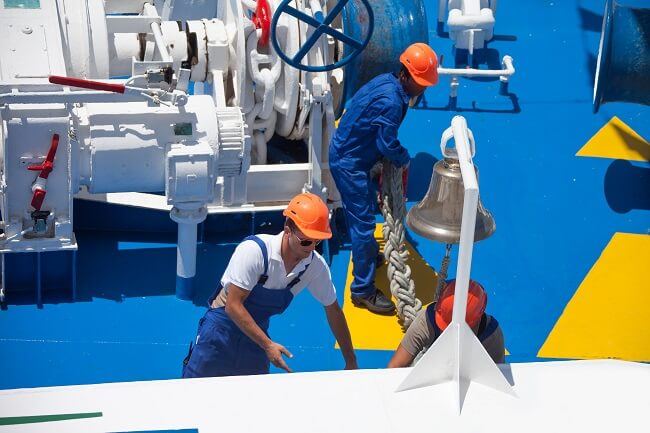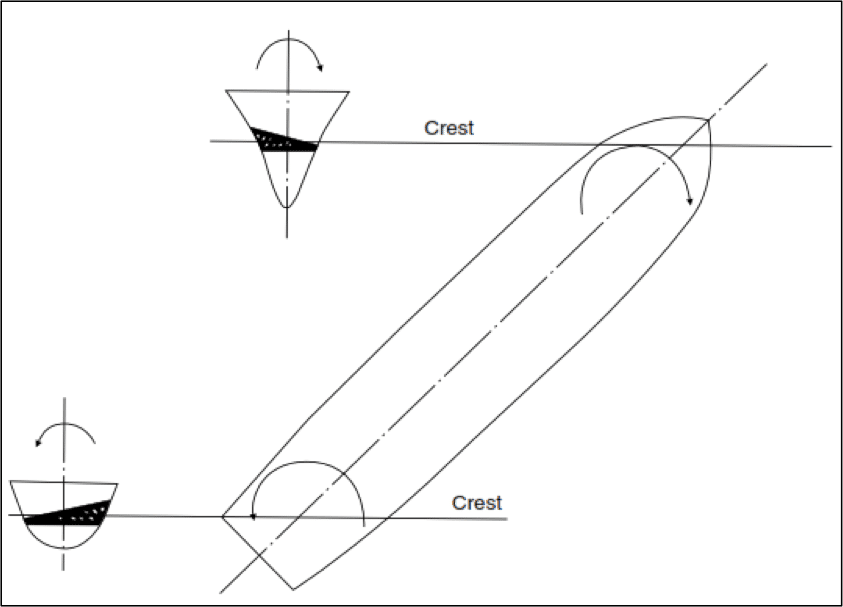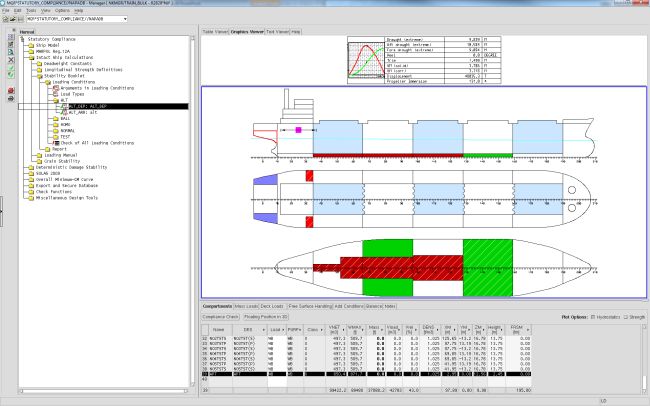Being a deck officer in merchant navy is an excellent career option with a host of advantages such as the chances to satisfy the wanderlust and get remunerated extremely well for the same.
A MBA degree in Shipping would definitely open several gates of opportunities for deck officers who are looking for an onshore job.
No matter how attractive it may sound, the career path as a deck officer in merchant navy requires long periods of stay away from home and a rigorous work environment. Life on board ships is not all hunky-dory, for the sea is a mighty force and extremely unpredictable, making the life of seafarers challenging.
It is for these reasons and many others, that an individual, at some point of his or her life, is driven to leave the career at sea and pursue further studies.
Also, some individuals just want to study further and hone themselves academically for personal enhancement. For such deck officers/ seafarers, there comes a point where research into maritime courses for further studies becomes a very hectic affair.
With a recognized undergraduate degree in the arsenal, it is relatively easy for a deck officer to get admission in the desired maritime course, than it is for an individual who has just done his pre-sea training and gone for sailing on board a vessel.
For most maritime courses pertaining to ‘further’ studies for deck officers, the basic prerequisite is an undergraduate degree. However, there are certain maritime courses that might waive off that requirement based on the experience at sea in the specific department.
Exact entry requirements can be found from the websites of particular colleges providing maritime courses.
Following are some of the maritime courses that have been charted out to help deck officer in Merchant Navy to choose and pursue a program for their further studies:
1. Maritime Law
Maritime law is one of the most sought out courses by maritime professionals who want to do further studies and become a maritime lawyer. The entire world relies on the shipping industry for a variety of needs and it is thus natural to have so many options with regard to the managerial, legal and organisational aspects of the law.
Owing to the importance of the shipping industry, it is very well known that Maritime Law is a line of work that is in great demand. Most post graduate courses in law require a basic knowledge of law at undergraduate level. However, experience in the field may be deemed as qualification good enough for the respective course. Foundation courses are also in place to get accustomed to the legal studies. An individual may decide to join a law firm and learn the tricks of the trade the hard way, step by step, but an education ensures that the same process is put on a speedy gear.
Institute Providing Maritime Law:
City University, London is an institution that is at the forefront of academic excellence and known for the same all across the world. The Maritime Law course at City University is a very coveted one. Ranked as one of the top Universities in the UK as well as the world, City University London offers a course that is aimed at individuals seeking to pursue a career in Maritime Law. Details of the course can be found here.
This course can also be done in U.S at Tulane University. Tulane University is where all the action is with respect to Admiralty law in the US. This is the only major Maritime Law course in the US and a very rigorous one at that. Details of the course can be found here.
2. Marine Policy
A post graduate course in Marine policy offers a career as a manager in areas such as international shipping, ports, harbors or sea trade in either private sector or for government agencies.
Institute Providing Marine Policy Course:
Cardiff University is an excellent University that provides a course in marine policy and is recognized all over the world for an amazing academic environment. Details of the course can be found here.
3. Maritime Affairs
A post graduate course in Maritime affairs is a specialized course which teaches every aspect and changing needs of the maritime industry.
Institute Providing Course in Maritime Affairs:
World Maritime University (WMU) in Sweden is an institution founded by the International Maritime Organisation (IMO), a specialized agency of the United Nations. Established in 1993, the WMU is known to be a prime leader in research and excellence in the maritime field. With liaisons in China, WMU is an excellent option for deck officers looking to stay at par with a promising career in the maritime industry. Know more about the course here.
4. MSc in Shipping, Trade & Finance
MSc in shipping, trade and finance deals with the business and commerce of the maritime industry. It is an interesting course for deck officer and maritime professionals who wants to make a mark in the shipping business sector.
Institute Providing Msc in Shipping, Trade & Finance:
The Cass Business School at the City University, London is an extremely prestigious college which provides MSc in shipping. Also, London being the hub of shipping, choosing this course and University puts a prospective cadet right in the middle of all the action! Details of the course can be found here.
5. MSc in International Transport and Logistics
The Merchant Navy broadly comes under the business of International Transport and Logistics. To have a thorough understanding of the management and organisational aspects of such business is extremely important for an individual and for innovation in the maritime sector in general.
Institute Providing MSc in International Transport and Logistics:
Deck officers/maritime professionals can opt to complete this MSc course over a period of two years. Conducted in liaison with the World Maritime University, the maritime course is an extremely interesting one. The details of this course can be found here.
6. MBA in Shipping
Masters in Business Administration (MBA) is by far the most famous post graduation course not just by maritime professionals but also for people in almost all the fields.
A MBA degree in Shipping would definitely open several gates of opportunities for deck officers who are looking for an onshore job.
However, it is to note that most of the reputed MBA universities ask for minimum 2-5 years of working experiences to become eligible for the course. Though there are some colleges which do take maritime professionals with less experience on the basis of their academic performance.
This list is not exhaustive and there are many more courses all across the globe to choose from. The above list just outlines some of the more known maritime courses, which deck officers and maritime professionals can pursue to increase their horizon of opportunities.
It is also to note that the institutes mentioned herein are not the only ones to provide a particular course. They have been mentioned just to give deck officers/ maritime professionals the right direction to research.
Note: This is not a sponsored article and we don’t take any guarantee of the information provided on the maritime courses websites mentioned in the article.





